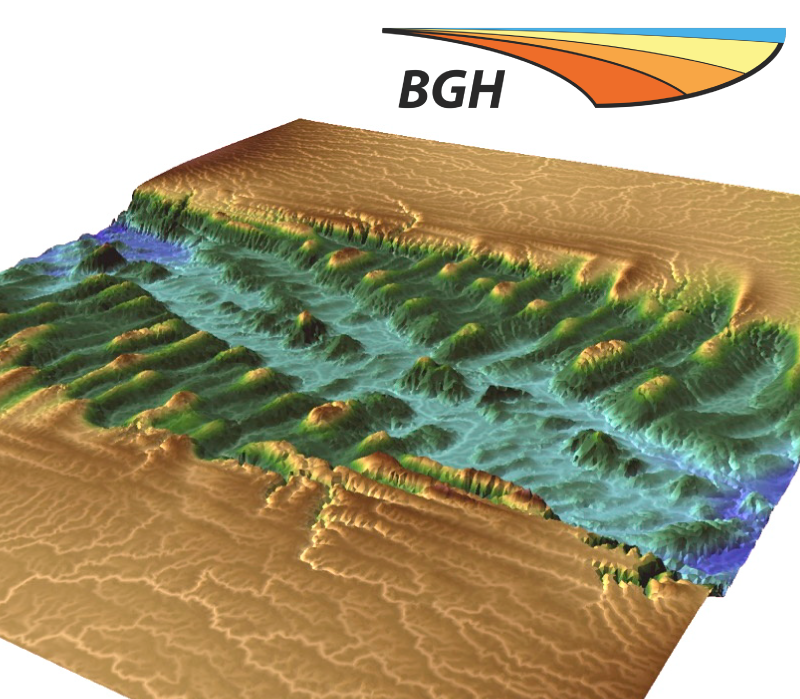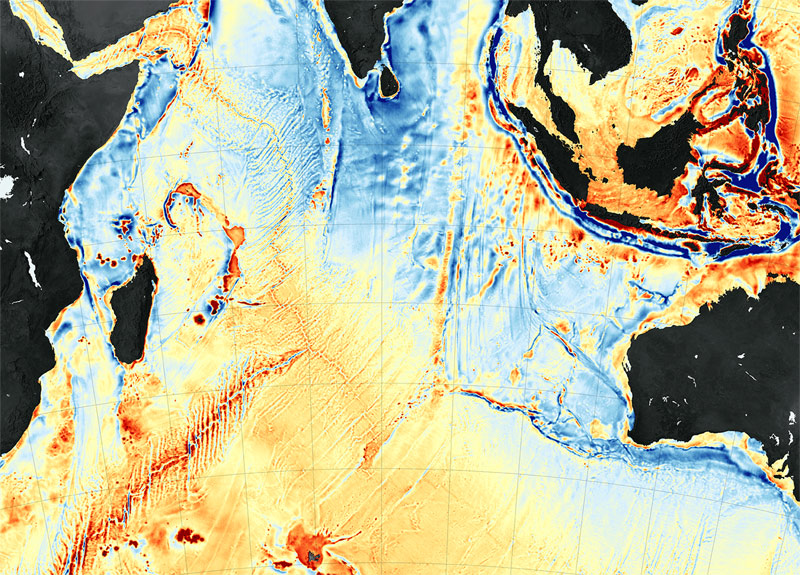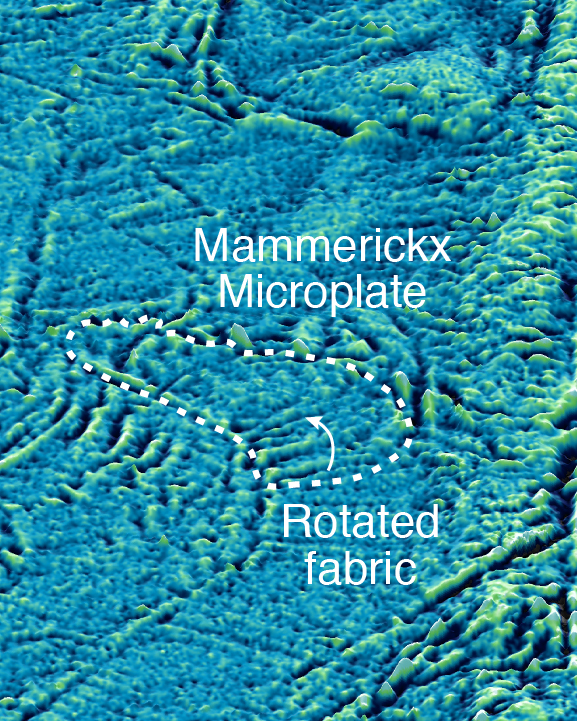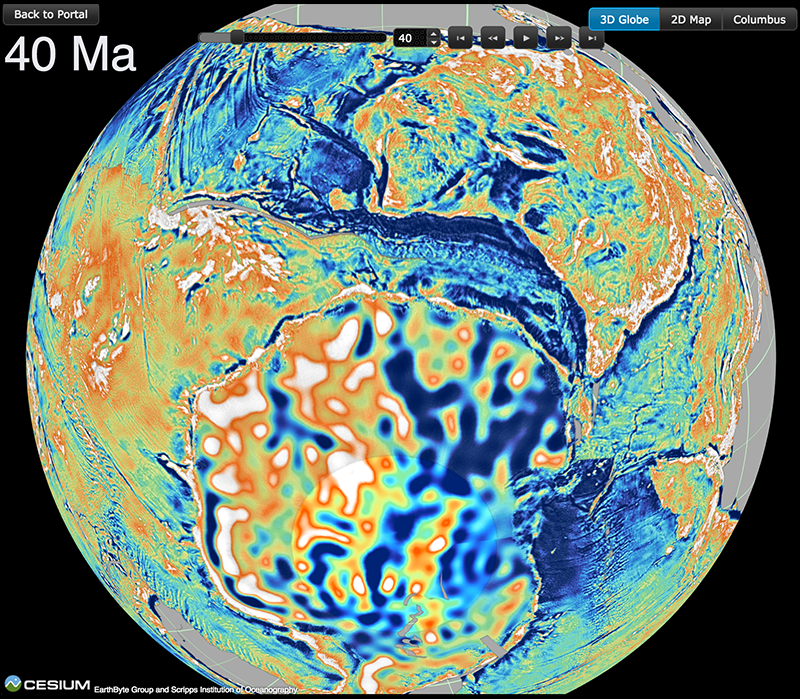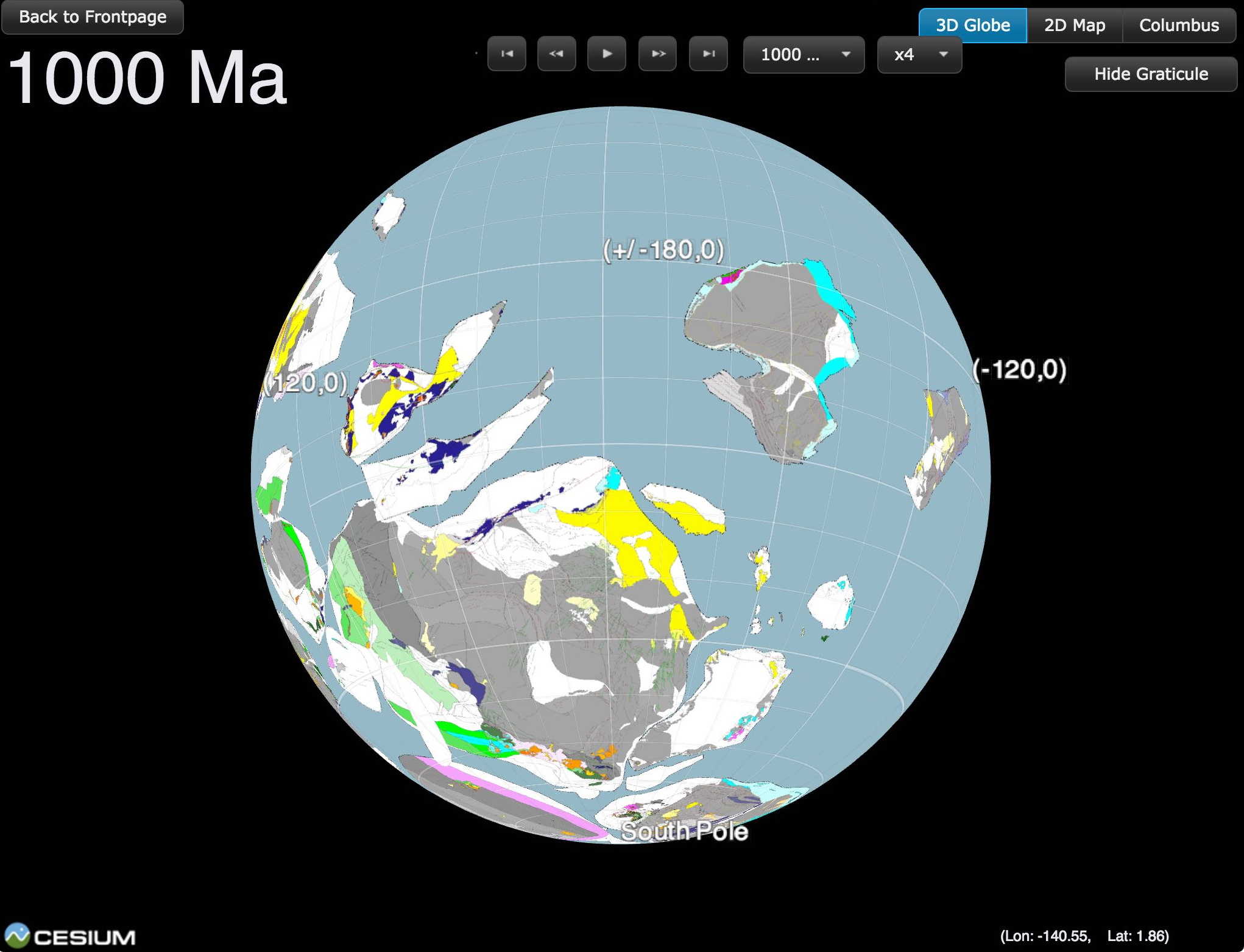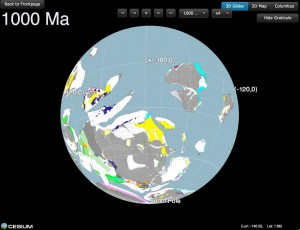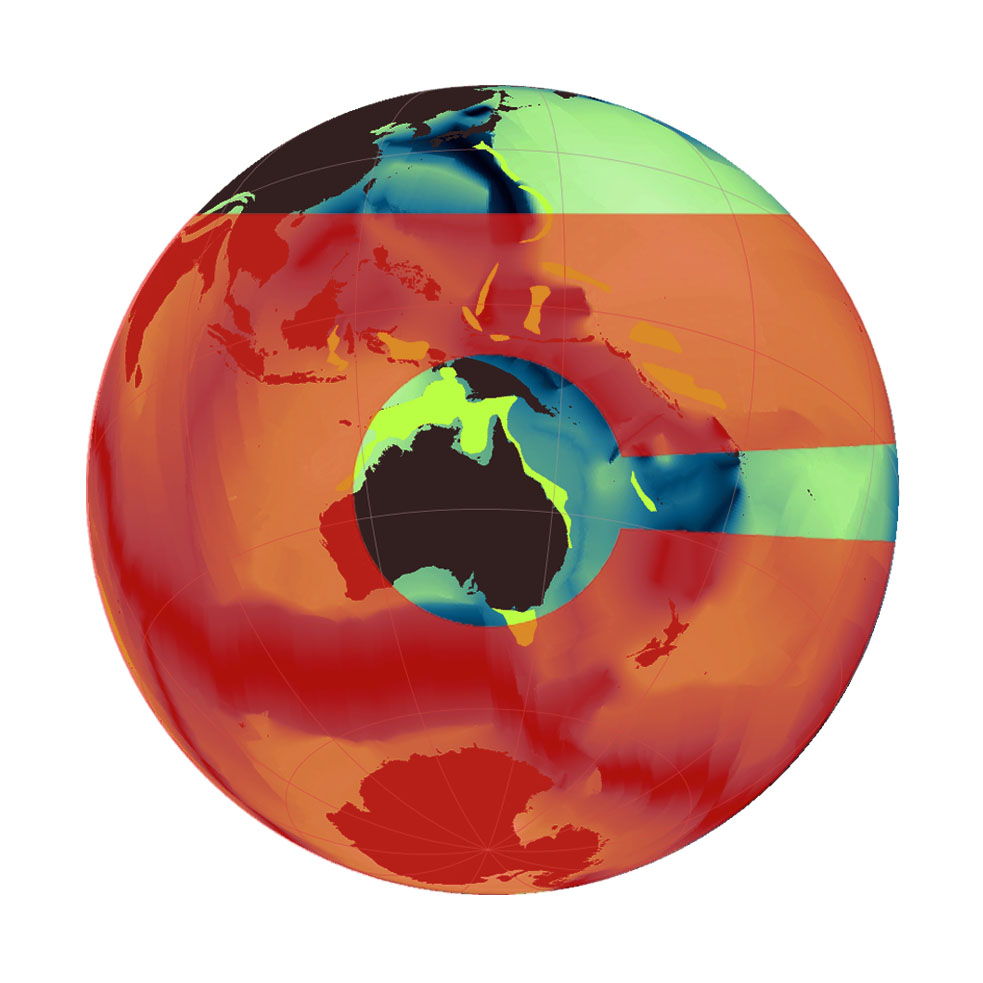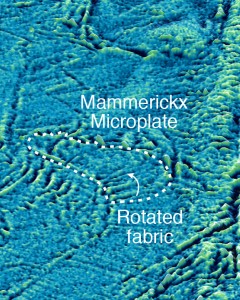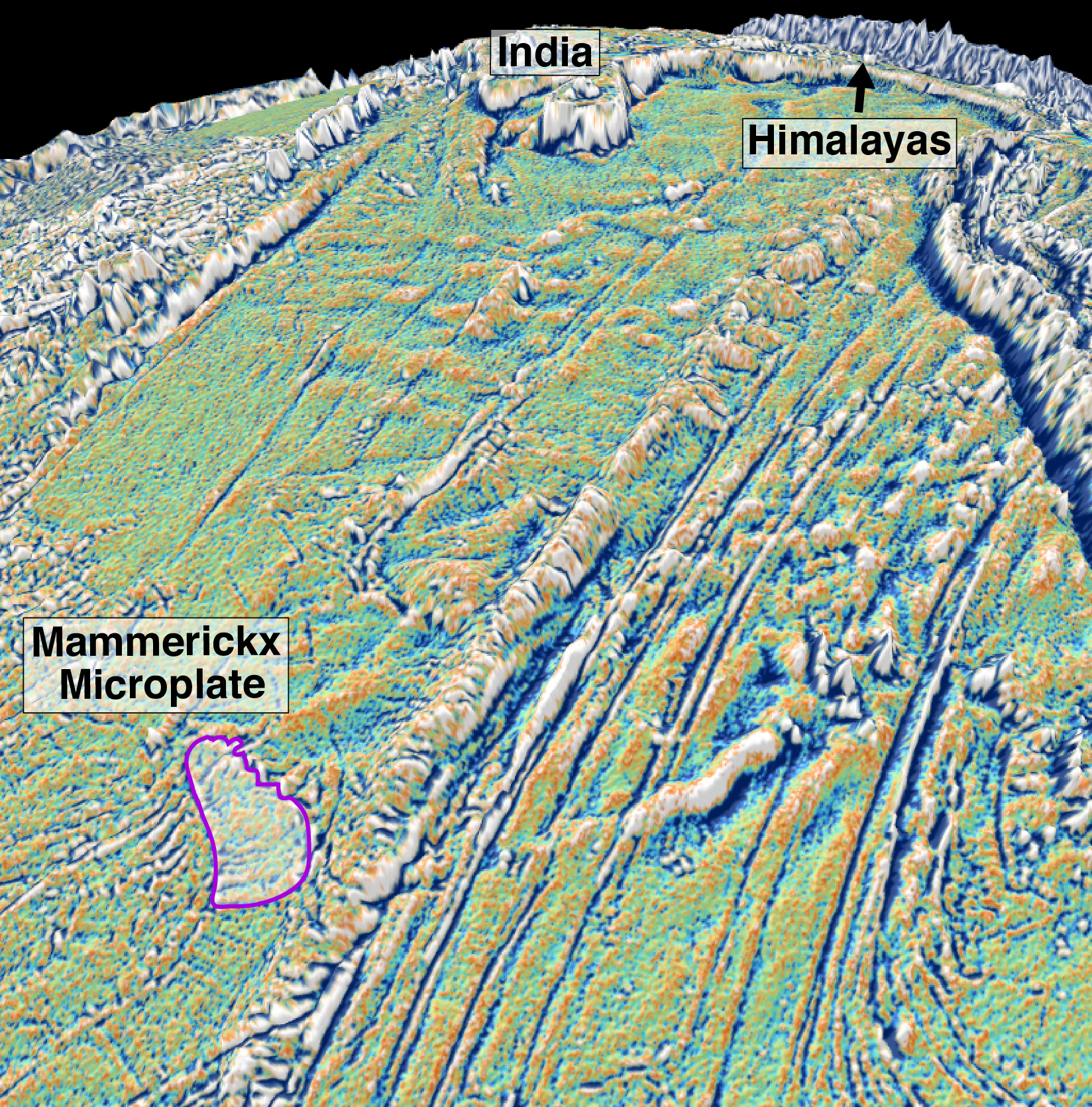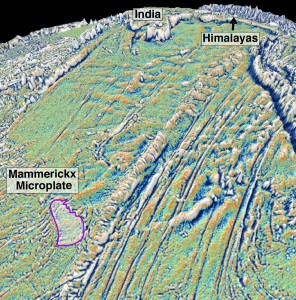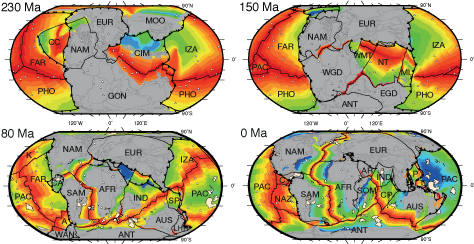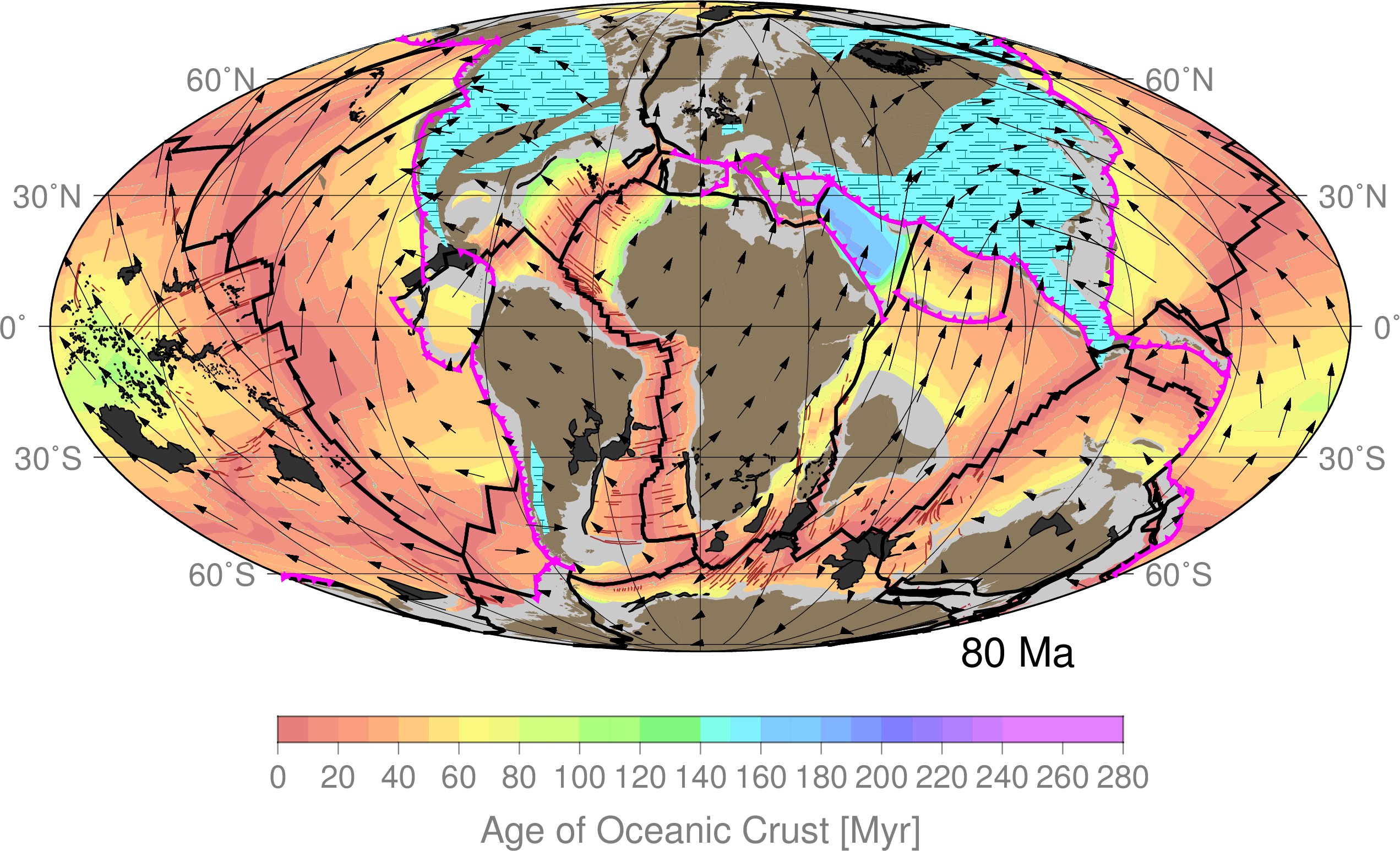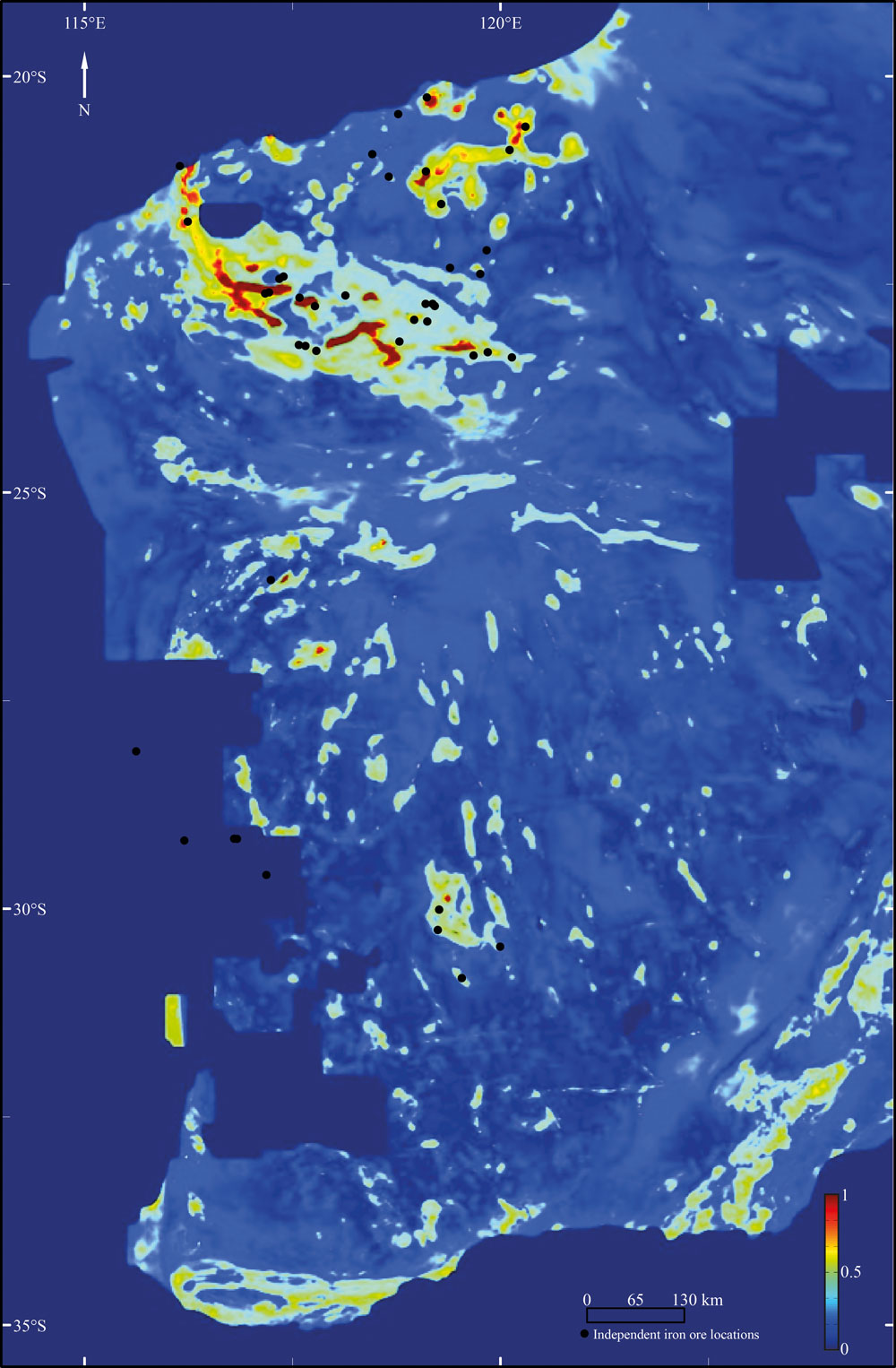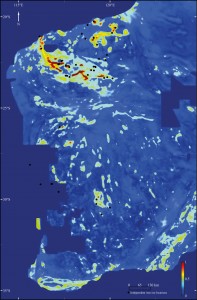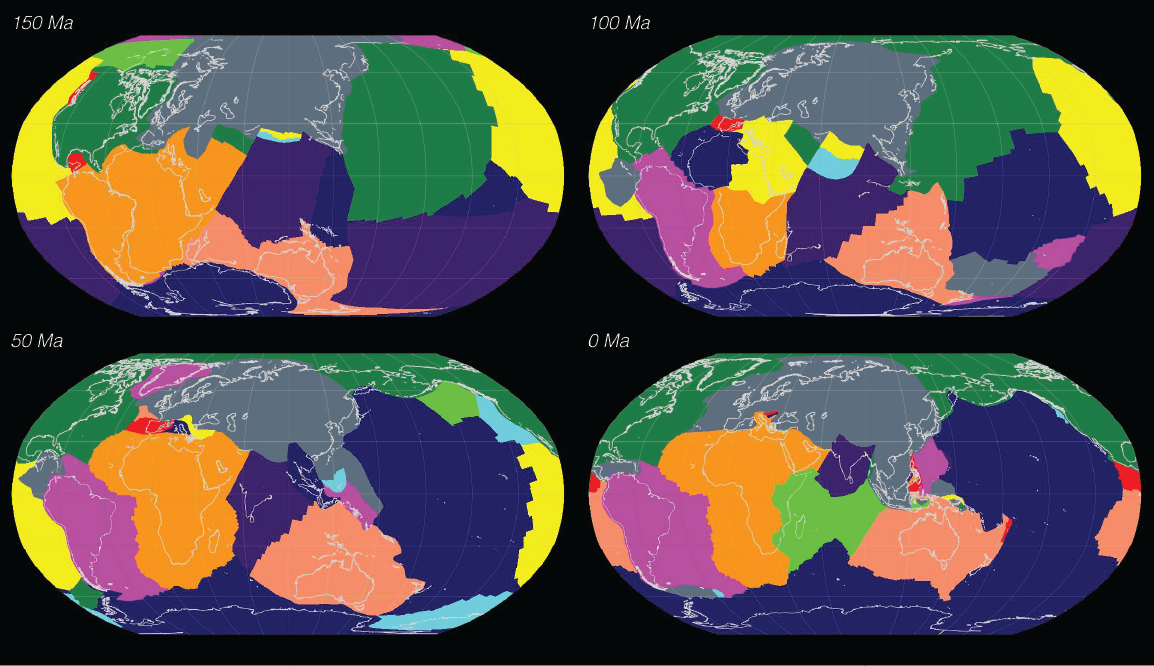
Plate tectonics drives earthquakes and volcanism, forms precious mineral deposits and controls the planet’s long-term carbon cycle. But why do we have just a few large plates, and many tiny plates? Does it matter? These questions have now been answered in a French-Swiss-Australian collaborative paper led by PhD student Claire Mallard at the Univ. Lyon, published on 15 June 2016 in the journal Nature. The paper includes Nicolas Coltice (Lyon), EarthByters Dietmar Müller and Maria Seton, and Paul Tackley (ETH).
... Read more...


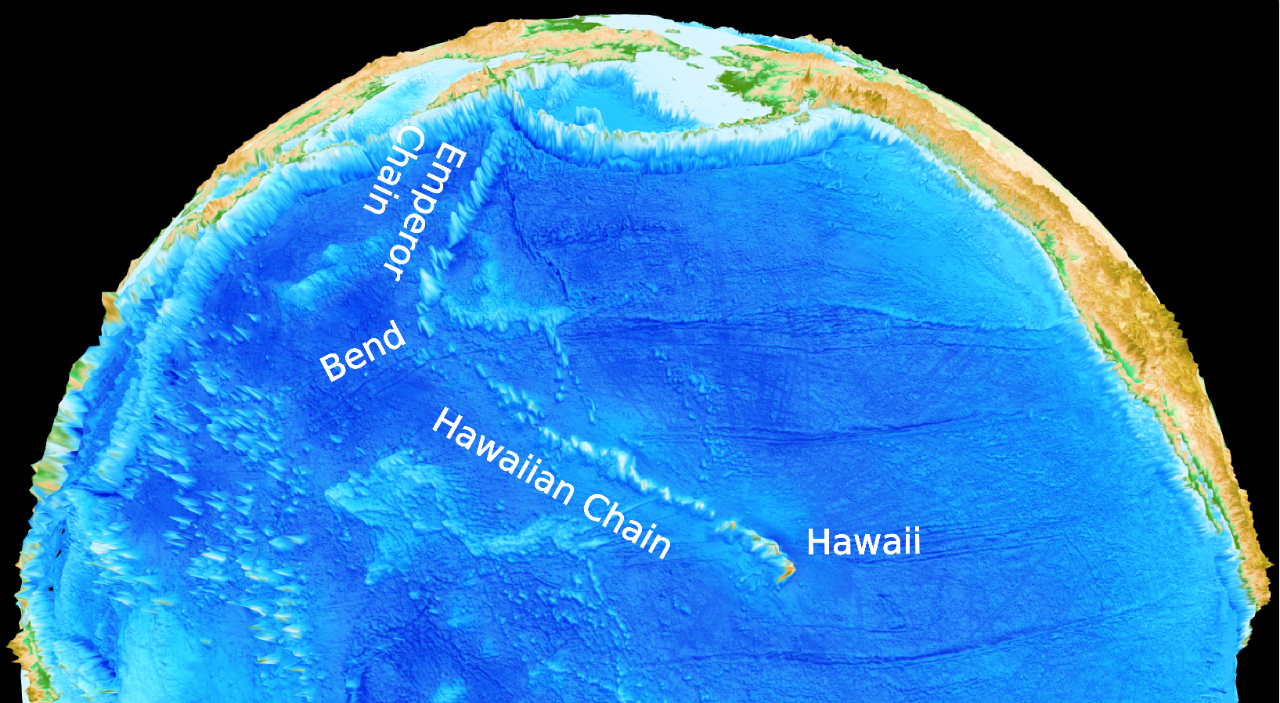
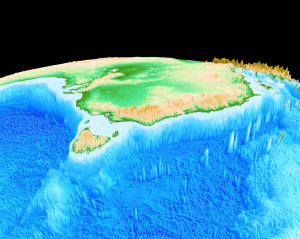 Congratulations to Prof Dietmar Müller, Dr Nicolas Flament, Dr Kara Matthews, Dr Simon Williams, and Prof Michael Gurnis on their paper recently published in Earth and Planetary Science Letters. Their paper,
Congratulations to Prof Dietmar Müller, Dr Nicolas Flament, Dr Kara Matthews, Dr Simon Williams, and Prof Michael Gurnis on their paper recently published in Earth and Planetary Science Letters. Their paper, 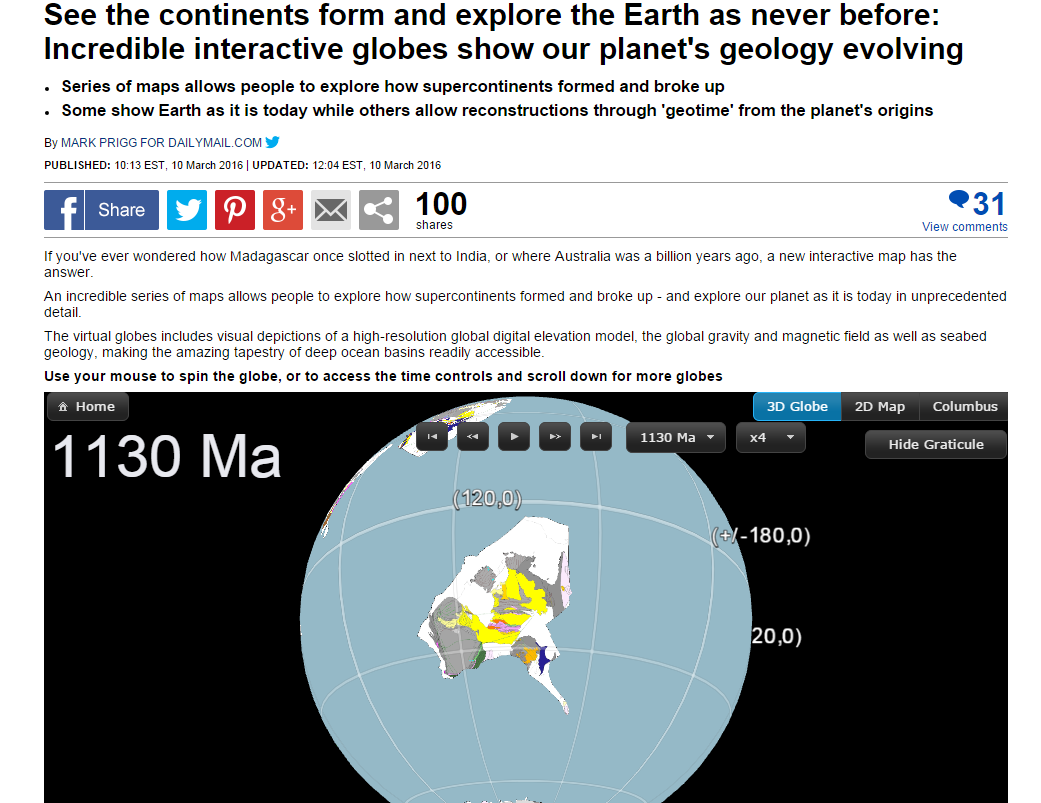
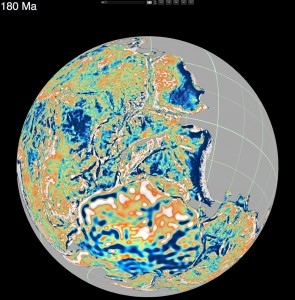 The recent article on the GPlates Portal published in
The recent article on the GPlates Portal published in 
